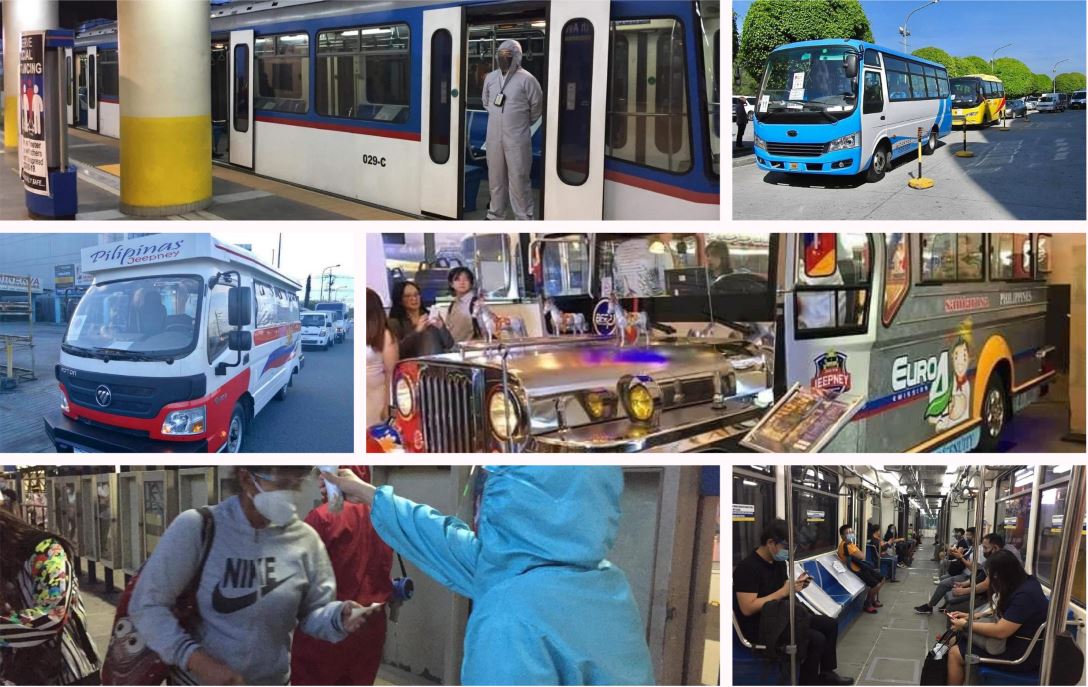Why Select Transit Advertising Philippines for Your Brand
Why Select Transit Advertising Philippines for Your Brand
Blog Article
Just How Transit Marketing Can Transform Mass Transit Spaces Into Dynamic Marketing Platforms
Transportation marketing holds substantial potential to redefine public transport rooms into lively advertising and marketing systems that involve and inform. By making use of cutting-edge layouts such as interactive stands and electronic display screens, brand names can not only reach a varied target market but likewise boost the general commuter experience. This approach develops a special opportunity for brand names to attach with customers in a setup that is typically overlooked. As we check out the diverse advantages and progressing approaches of transit advertising and marketing, it raises the question of how this improvement can redefine our communications with both brand names and the urban atmosphere.
Benefits of Transportation Marketing

Furthermore, transit marketing is extremely cost-effective contrasted to standard media. It allows marketers to achieve high perceptions at lower prices, making best use of roi. The captive target market of commuters gives a possibility for brand names to communicate their messages to people who are typically responsive throughout their traveling times.
Furthermore, the dynamic nature of transportation advertising permits campaigns to be upgraded regularly, making sure that messaging stays timely and appropriate. This flexibility can be crucial in replying to market patterns or marketing events, maintaining the brand top-of-mind for consumers. Finally, the pervasive presence of transit advertising and marketing adds to brand name recall; repeated exposure within acquainted traveling contexts reinforces brand name understanding and fosters customer commitment, inevitably driving sales and improving brand name track record.
Types of Transit Advertising
Mass transit systems give different layouts for advertising, each catering to different advertising and marketing approaches and target market interaction methods. One popular type is exterior bus and train wraps, which cover the whole lorry and create a mobile billboard impact, enabling high visibility in metropolitan settings. These wraps can record interest as they go across hectic streets, getting to a diverse target market.
An additional popular style is indoor marketing, that includes posters, digital displays, and advertisements on transit seats. These placements involve guests during their trip, strengthening brand messaging in a constrained room. Digital displays, specifically, use the advantage of vibrant material, making it possible for marketers to update messages in real-time.
Terminal marketing is additionally significant, including posters, banners, and interactive kiosks within transportation stations. These advertisements utilize foot traffic and can target particular demographics based upon area.
Finally, promotional partnerships with transit authorities can cause special campaigns, such as themed transit experiences or events, enhancing the overall engagement with travelers. Each kind of transportation advertising and marketing uses distinctive advantages, permitting brand names to customize their approach to effectively reach their target market within the general public transportation ecosystem.
Engaging Commuters Efficiently
Commuters are progressively swamped with advertising and marketing messages throughout their everyday travels, making it crucial for brands to involve them in ingenious means. To capture focus in this crowded area, marketers need to prioritize creativity and relevance. Utilizing attractive visuals and succinct messaging can dramatically improve the chance of engagement.
Interactive aspects, such as QR codes or increased fact features, can additionally change static ads into immersive experiences, cultivating a deeper connection with the audience. Brands need to focus on dealing with commuters' passions and needs, customizing messages to reverberate with their way of life, whether through promos for regional companies or services designed to boost their commuting experience.
Moreover, timing plays an essential function; tactically placing advertisements during optimal travelling visit here hours can take full advantage of visibility and impact. Involving commuters efficiently also involves leveraging social media sites integration, enabling guests to share their promos or experiences straight from transportation systems, thereby enhancing brand reach.
Fundamentally, reliable interaction rests on understanding the commuter journey and creating compelling, interactive, and relevant advertising and marketing experiences that not only capture focus yet additionally drive activity and commitment. By doing so, brand names can change public transport into a vibrant advertising system that resonates with its target market.

Measuring Advertising And Marketing Effect
Exactly how can brand names accurately analyze the effectiveness of their marketing campaign en route environments? Gauging the effect of transit advertising and marketing calls for a complex strategy that combines qualitative and quantitative metrics. One common technique is tracking engagement through mobile analytics, where brand names can assess foot traffic patterns and app communications previously, during, and after projects.
Studies can provide beneficial understandings right into brand name recall and customer sentiment, permitting brands to gauge just how well their messages resonate with travelers. Furthermore, keeping track of social media sites involvement pertaining to certain projects can reveal changes in public assumption and brand name conversation.

In addition, working together with transportation companies can boost dimension precision, as they usually have comprehensive market data on ridership fads. By incorporating these approaches, brands can develop a thorough understanding of their advertising and marketing performance, making certain that their campaigns not only reach yet also impact their target market properly.
Future Fads in Transportation Advertising
A significant shift is anticipated en route marketing as technical innovations and changing customer behaviors reshape the landscape. Transit Advertising Philippines. The assimilation of electronic displays and multimedias is expected to boost interaction, allowing brand names to deliver vibrant material that resonates with varied audiences. As public transport systems embrace wise innovation, marketers will utilize real-time data analytics to tailor messages based upon passenger demographics and habits
In addition, enhanced fact (AR) is poised to change the method commuters engage with promotions. By giving immersive experiences, AR can transform a mundane journey right into an appealing narrative that records focus and cultivates brand loyalty. This advancement will likely urge marketers to develop even more experiential projects that drive consumer interaction.
Sustainability is an additional vital fad influencing transit advertising. As environmental consciousness expands, brand names will increasingly look for his explanation to straighten with eco-friendly practices, using lasting products and promoting environment-friendly initiatives within their campaigns.
Conclusion
In conclusion, transit advertising and marketing supplies considerable advantages by enhancing brand visibility and involving a restricted audience. With numerous styles, such as exterior wraps and electronic displays, it transforms public transport into a vivid advertising and marketing platform. Reliable interaction strategies and durable dimension strategies further amplify its effect. click now As patterns develop, the capacity for ingenious interactions between commuters and brand names is poised to grow, making certain that transit advertising and marketing continues to be a crucial element of modern advertising approaches.
Transportation advertising holds significant potential to redefine public transportation areas right into vivid advertising platforms that involve and inform. The prevalent visibility of transportation advertising contributes to brand name recall; repeated exposure within familiar traveling contexts enhances brand recognition and fosters consumer loyalty, eventually driving sales and improving brand name reputation.
How can brand names precisely analyze the effectiveness of their advertising campaigns in transit environments?In final thought, transit advertising offers significant benefits by improving brand name visibility and engaging a captive audience. Transit Advertising Philippines. As trends advance, the capacity for innovative interactions between brand names and travelers is poised to grow, ensuring that transit marketing stays a crucial element of modern-day marketing approaches
Report this page